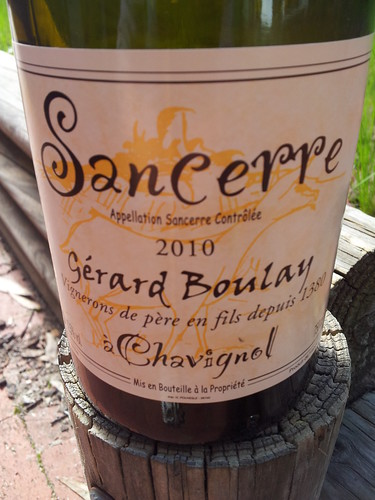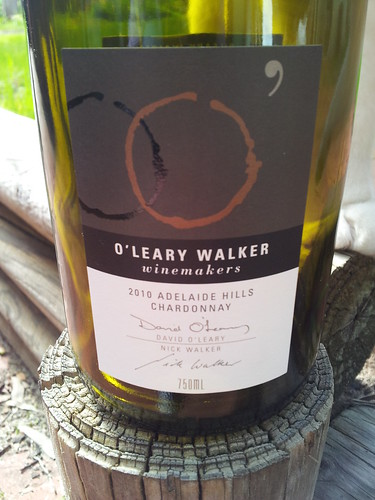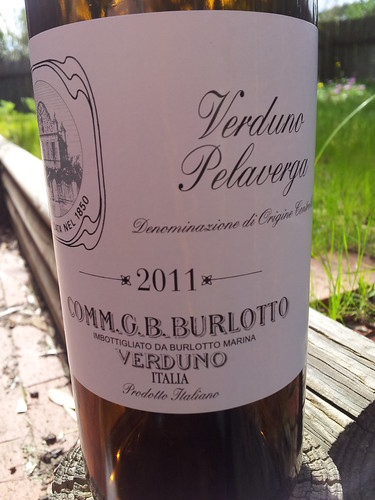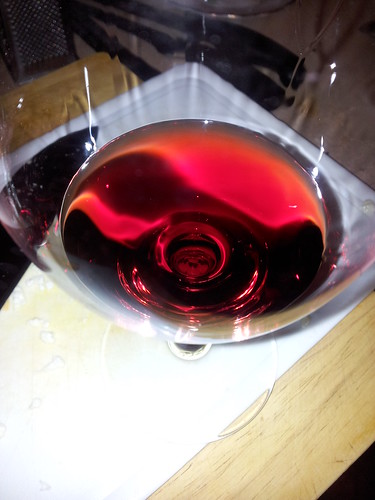I’m sure we’re all aware of how immensely popular Sauvignon Blanc is in Australia. It’s a shame that we drink so much New Zealand SB when we could drink perfectly decent local stuff, but that’s marketing for you.
Like so many people with an association with the wine trade I’m not a big Sauvignon Blanc drinker – mainly because I often find them all fitting a particular stylistic mould – and that can be a bit dull.
However, French Sauvignon Blanc tends not to fit that mould – it’s a little calmer, more understated, not quite as out there.
And Sauvignon Blanc is exactly what Sancerre is. Sancerre is a village in the Loire in northern France and it was, until the twentieth century, known for red wine production. Not so the case today, where is produces what is possibly one of the two most famous Sauvignon Blancs France has to offer (the other being Pouilly Fumé, which is across the river).
This tasting note for the Gérard Boulay Chavignol Sancerre 2010 was written after the day after the wine was opened.
In the glass, it is a pale yellow. The nose is smokey, with green pea the dominant note, backed up with lemon and lime.
On the palate, the acidity is racy and persistent. There is a ton of citrus (much more so than on the nose), with green pea and capsicum, backed up by good length.
This is a good wine and very much my cup of tea. If you want to get into French Sauvignon Blanc, this is a lovely place to start. Of course, being imported, it’s not cheap – but if you can see your way clear to spending the money, grab a good friend, some soft goat’s cheese (another specialty of the area in which this wine is produced) and you’re good to go.
This wine was purchased from the Edinburgh Cellars, $42.
Closure: cork.





